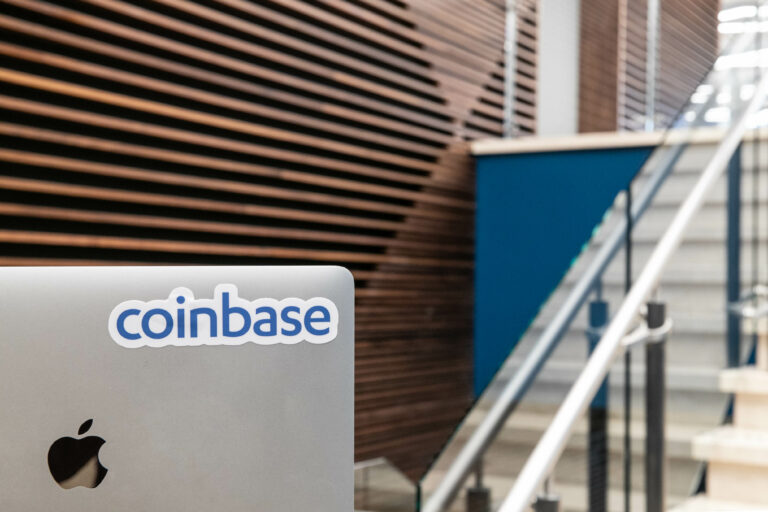Coinbase has broadened its trading offerings to feature perpetual futures for qualified clients in select non-U.S. regions. This addition is an integral component of Coinbase Advanced, a trading interface designed for seasoned retail investors. The expansion is a strategic response to the crypto derivatives market, which Coinbase states accounts for 75% of global cryptocurrency trading volume.
The rollout of perpetual futures aims to tap into their increasing relevance in the crypto trading ecosystem. These instruments grant traders the leeway to trade on margin, thus reducing the upfront capital required. They also enable traders to adopt both long and short positions, thereby facilitating risk management strategies for crypto portfolios.
According to yesterday’s announcement, Coinbase Advanced initially supports four types of perpetual contracts: XRP, BTC, ETH, and LTC. The leverage options differ among these contracts, offering up to 5X for BTC, ETH, and LTC, and up to 3X for XRP. All settlements are conducted in USDC, a globally trusted stablecoin. The company has signaled intentions to introduce more contracts in the months ahead. A provisional low fee structure is also in place—0% for makers and 0.03% for takers. Although currently available only on the web platform, mobile trading capabilities are reportedly under development.
In terms of compliance, Coinbase assures that its new perpetual futures contracts adhere to stringent regulatory standards. These contracts are facilitated through Coinbase International Exchange and are under the regulatory purview of the Bermuda Monetary Authority.
In the wake of this major development, Linda P. Jones, a former Morgan Stanley executive, shared her nuanced analysis on social media platform X (formerly known as Twitter). Jones, who has an extensive background in investment banking and is a renowned investment educator, addressed three critical aspects concerning Coinbase’s new offering, particularly focusing on its implications for XRP and institutional investors.
First, Jones posited that the launch of XRP perpetual futures signals a bullish market sentiment for the digital currency. She explained that the attractiveness of futures trading generally lies in the potential for significant price fluctuations. In this light, Coinbase Advanced’s decision to include XRP in its new offering points to an optimistic view on the asset’s future volatility, allowing traders to potentially reap large profits—or incur significant losses—through leveraged positions.
Jones’ second point targeted the type of investors this new product aims to attract: institutional money, predominantly from Wall Street firms like hedge funds. According to her, the feature isn’t aimed at casual or retail investors but indicates a strong impending influx of institutional capital. Such investors are interested in the volatility that XRP and other cryptocurrencies present, making this a bullish sign for the digital asset.
Lastly, Jones speculated on why Coinbase is withholding information about the jurisdictions allowed to participate in these futures contracts. She suggested that this might include regions like Bermuda or the Cayman Islands, which are known for hosting hedge funds and other offshore investment entities. Jones surmised that the secrecy likely exists to conceal the fact that this new offering is tailored to cater to institutional clients.
Featured Image via Coinbase









